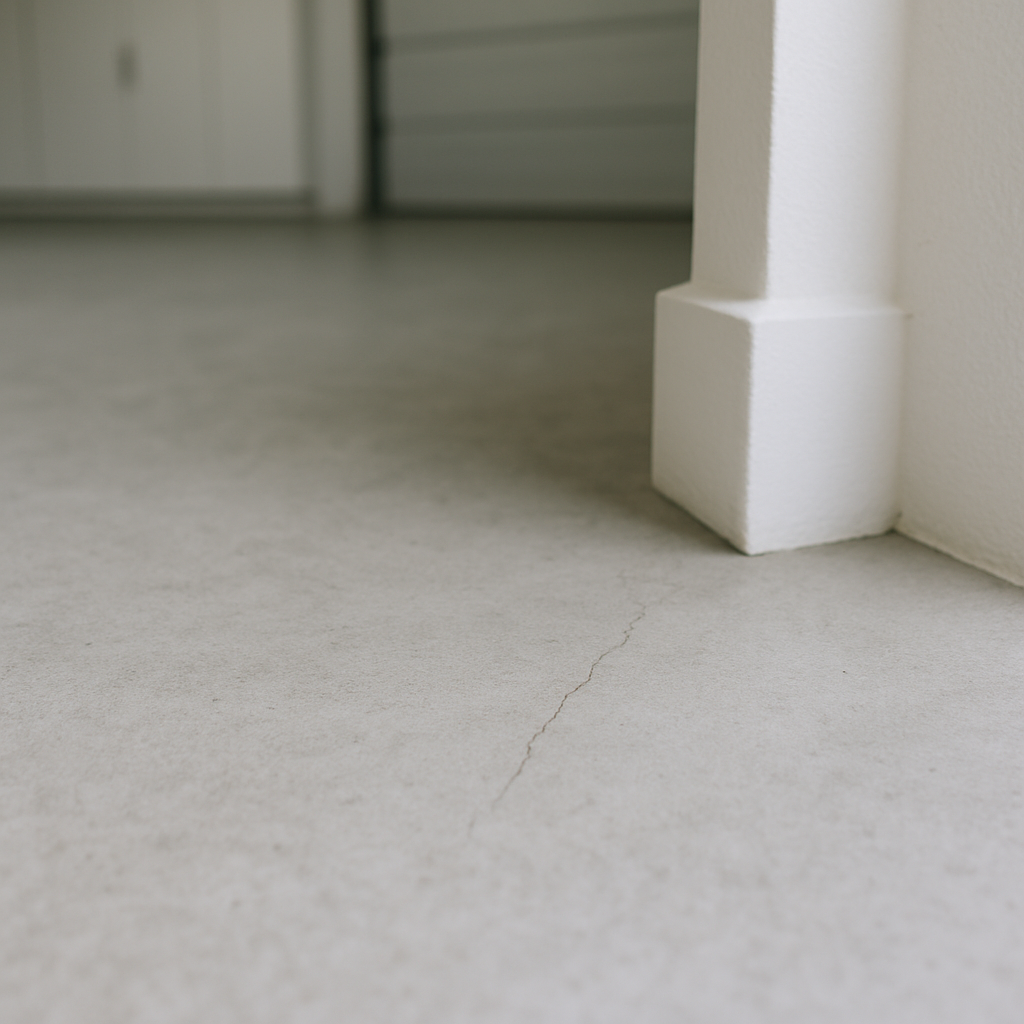Last updated on
In the modern era of compact living, the design of small spaces has become an art form. As urban areas become denser and property prices continue to soar, many find themselves in smaller living quarters.
However, a compact home does not mean compromising on style or functionality. With the right design strategies, these spaces can be transformed into stylish and practical abodes.
This article explores how to maximize design in compact homes.
What's Inside
Understand Spatial Dynamics

Understanding spatial dynamics in compact homes is about making every inch work effectively. It starts with a meticulously planned layout that optimizes the available space.
This planning includes choosing the right color schemes; for instance, lighter hues make rooms feel more open and airy. When selecting furniture, one must consider both size and functionality.
Multi-functional furniture, such as a bed with storage drawers or a dining table that folds away, is crucial. The goal is to create a seamless flow in the room, avoiding clutter and making the area feel larger than it is.
This approach requires an understanding of how people move through and use the space, ensuring that it remains functional and aesthetically pleasing.
Ensure Functionality Meets Aesthetics
Combining functionality with aesthetics is crucial in small space design. Every piece of furniture and decor must serve a purpose while contributing to the overall style of the room. This balance requires innovative solutions, such as a sofa bed that provides a comfortable place to sit during the day and converts into a sleeping area at night.
In compact homes, where a separate guest room might not be an option, such solutions are invaluable. The challenge lies in finding pieces that fit the space physically and align with the homeowner’s personal style.
Maximize Vertical Space

Maximizing vertical space is a key strategy in compact home design. This approach involves using walls for storage and decoration, which helps free up floor space.
Installing shelves also allows for the display of books, photos, and other personal items, turning storage into a decorative feature. Wall-mounted televisions and fold-down desks are other examples of how to use vertical space effectively.
These solutions can make the room look organized and spacious. They also add a dynamic to the room’s design, drawing the eye upward and creating a sense of openness.
But before implementing these changes, it’s wise to ask these junk removal questions: What items are essential, and what can be let go? This decluttering step is crucial, as it helps determine the actual storage needs and ensures that the redesign focuses on maximizing efficiency and style in the compact space.
Incorporate Light and Reflection
The strategic use of light and reflection can dramatically alter the perception of space in a compact home. Maximizing natural light should be a priority; it not only makes a room feel larger but also imbues it with a sense of warmth and openness.
Consider the placement of windows and the use of light, translucent window treatments to enhance this effect. Mirrors are equally important in small spaces.
When placed opposite windows or in dark corners, they can reflect light and create an illusion of depth, making the room appear larger than it actually is. The use of reflective surfaces, like glass or glossy finishes, can further enhance this effect, contributing to a brighter and more airy feel.
Personalize the Space
Personalization is essential for creating a home that reflects individual style and personality. This personal touch can be achieved through various means, such as displaying artwork, adding decorative pillows, or choosing unique light fixtures.
These elements can add color, texture, and character without overwhelming the space. The key is to select items that resonate personally but are also in scale with the room.
Personalizing a small space is about creating an environment where one feels comfortable and connected, a space that truly feels like home.
Invest in Innovative Storage Solutions
Innovative storage solutions are vital in compact homes, helping maintain a clutter-free and organized environment. Hidden storage options, like beds with built-in drawers or ottomans with storage compartments, are perfect for stowing away items without taking up additional space.
Built-in cabinetry can be custom-designed to fit specific areas and needs, offering ample storage while maintaining a sleek and unobtrusive appearance. The use of vertical space for storage, such as tall shelving units or over-the-door organizers, can also be highly effective.
Drawers also are great if you want to make use of vertical storage space and keep things out of sight. Just be sure to choose the right drawer slides when installing them for optimal functionality.
These storage solutions can help organize belongings and contribute to the overall design, ensuring that the space remains functional and stylish.
Create Multi-functional Areas
Creating multi-functional areas is a smart approach to maximizing the use of space in compact homes. This involves designing spaces that can serve multiple purposes without compromising on style or comfort.
A dining table, for example, can double as a workspace during the day. Similarly, a window sill can be transformed into a cozy reading nook with the addition of cushions and proper lighting.
These multi-functional solutions are particularly important in small spaces, where every inch of the room needs to work hard. It’s about being creative and flexible with the layout and furniture choices, allowing for different activities to take place in the same area without clutter or confusion.
The Takeaway
Designing for small spaces challenges one to think creatively and efficiently. By keeping the information mentioned above in mind, even the most compact homes can be transformed into stylish, functional living areas. With thoughtful design, small spaces can indeed embody big style.




